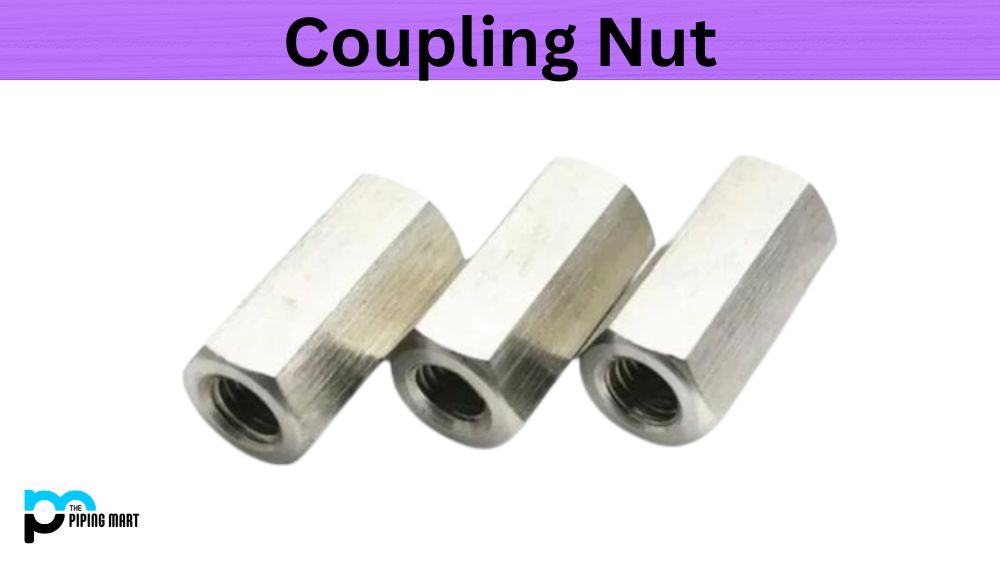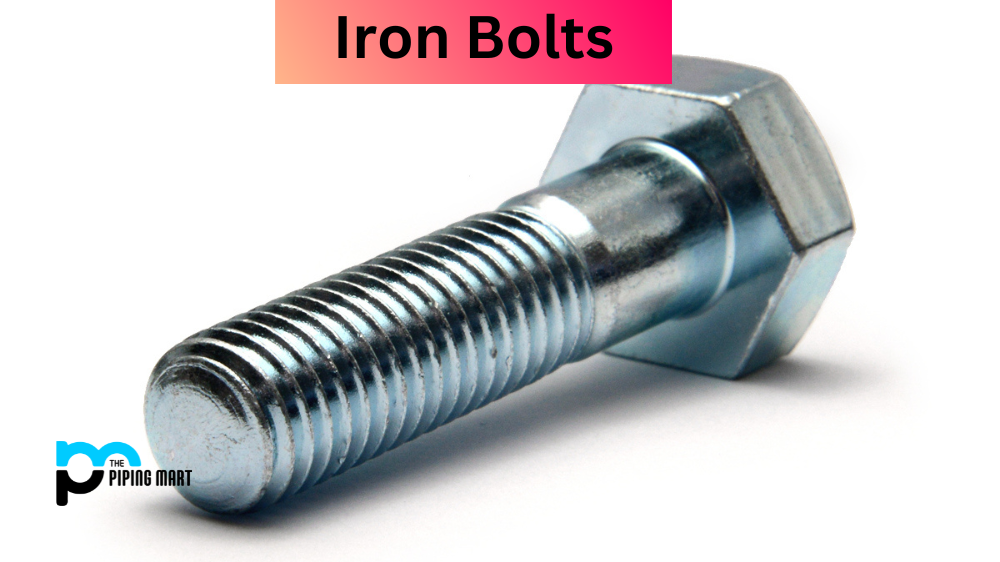One of the best solutions is to use a coupling nut when it comes to fastening two threaded rods together. Coupling nuts are typically hexagonal and have internal threading, allowing you to join two threaded rods together. However, not all coupling nuts are created equal. Different types of coupling nuts are available, each with its own design and specific use case. In this blog post, we’ll closely examine the different types of coupling nuts and their uses.
Types of Coupling Nut
Standard Coupling Nuts:
The most common type of coupling nut is the standard coupling nut. These nuts are hexagonal and come in various sizes to fit different threaded rod diameters. These nuts are commonly used for general-purpose applications such as joining two threaded rods together. They are also used when a longer rod length is needed than is available in a single piece.
Reducing Coupling Nuts:
Reducing coupling nuts have different internal and external thread diameters. The internal diameter is smaller than the external diameter and is used to join two rods of different diameters. They are also used in cases where you need to attach a smaller threaded rod to a larger one. The most common use of reducing coupling nuts is for plumbing and electrical applications.
Extension Coupling Nuts:
Extension coupling nuts are longer than standard coupling nuts, making them ideal for use in applications requiring a larger gap between two threaded rods. They are commonly used in applications where additional length is needed to adjust or bridge a gap.
Locking Coupling Nuts:
Locking coupling nuts have a nylon insert that locks onto the threaded rod once tightened, which makes them ideal for use in applications where vibrations could cause standard nuts to come loose. They are commonly used in machinery, vehicle and aircraft applications.
Weld Coupling Nuts:
Welding coupling nuts feature a reduced diameter and are specifically designed to be welded onto a surface. The threaded rod can then be inserted and locked into position. They are commonly used in applications where the threaded rod needs to be permanent and cannot be easily removed.
Conclusion:
Now that you understand the different types of coupling nuts and their uses, you can select the right coupling nut for your specific application. Each coupling nut type has unique properties that make it suitable for different use cases. Whether you need a coupling nut for plumbing, electrical, machinery, or vehicle applications, there’s a coupling nut that will meet your needs. Choosing the right coupling nut ensures a secure and reliable joint between two threaded rods that will last for years.

A passionate metal industry expert and blogger. With over 5 years of experience in the field, Palak brings a wealth of knowledge and insight to her writing. Whether discussing the latest trends in the metal industry or sharing tips, she is dedicated to helping others succeed in the metal industry.




